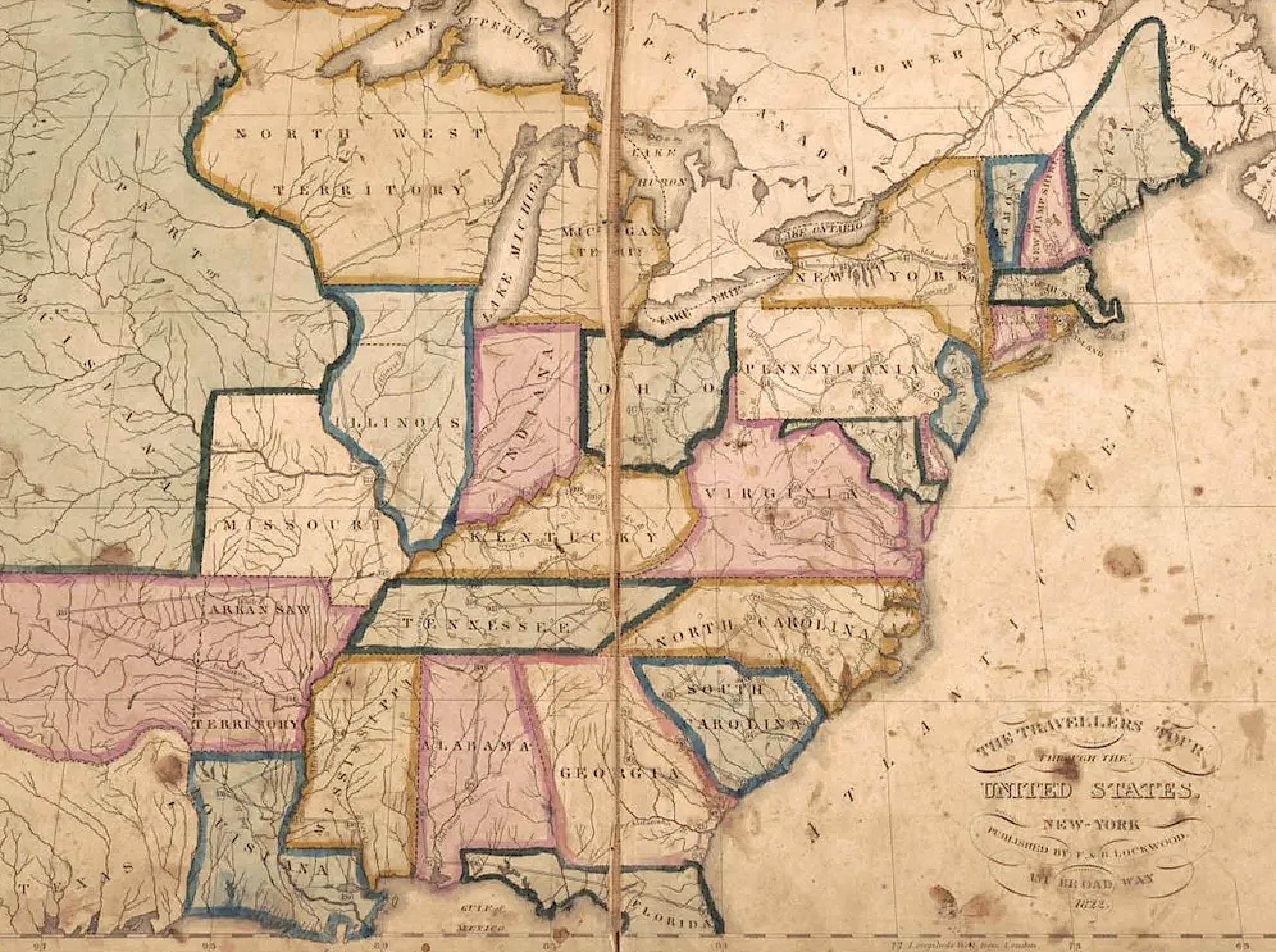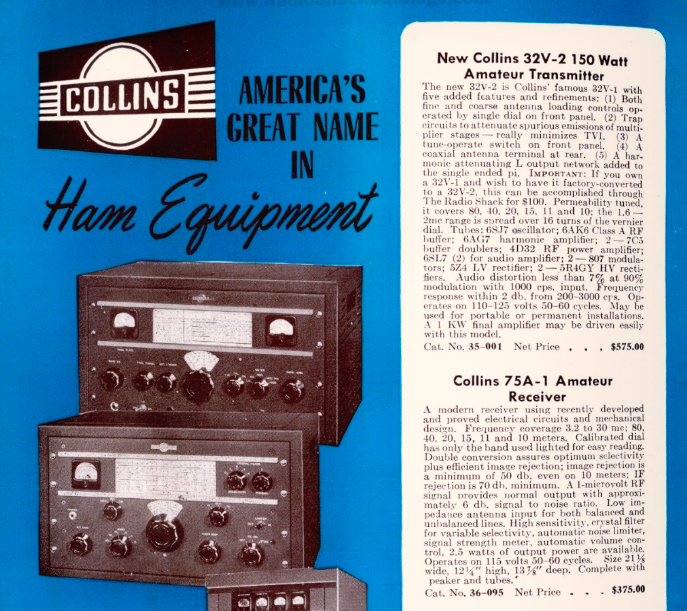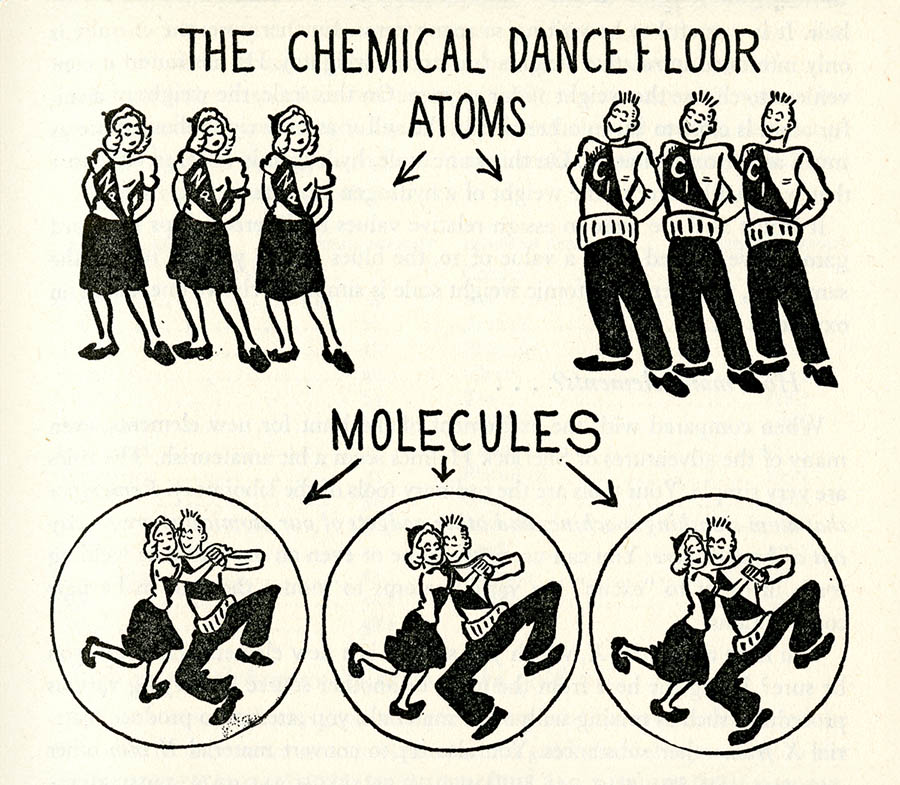In Japanese “tewaza” means “hand technique” or “handcraft” and, in this YouTube playlist of 20 short films, various artisanal techniques are explored and demonstrated by Japanese masters in the field. For those who are both obsessed with Japanese art and watching things get made, these videos are catnip. There’s very little spoken, except a few quotes from the makers themselves, and gentle music plays over shots of delicate, intricate, and confident handiwork.
Watch the video up top, a look at how a small group of men forge a Sakai knife. (Yes, we keep expecting the music to turn into the Laura Palmer’s Theme too.) No words are necessary in this exacting demonstration, and just check out the wood-like grain in the metal.
And the names of these goods denote the towns of origin–Sakai is just outside Osaka, and is one of Japan’s main seaports and, yes, known for its knives.
Other videos show the making of handmade washi paper from Mino; stunning gold leaf production from Kanazawa; paper lantern making from Gifu; decorated wallpaper from Ueno; a Kumano writing brush, and very delicate bamboo weaving from Beppu that looks so precise it’s like it’s made by machine, but no, this is all in the eye.
The YouTube channel that has produced these videos, Aoyama Square, is a literal one-stop shop in Tokyo for all the kinds of crafts seen in the videos, and is a member of the Japanese national association that promotes and keeps these skills and mini-industries alive. So is this one long ad for a large crafts emporium? Well, could be. Do we still want to buy some of that beautiful lacquerware from Echizen? Oh yes, very much so.
Related Content:
How Japanese Things Are Made in 309 Videos: Bamboo Tea Whisks, Hina Dolls, Steel Balls & More
The Beautiful Art of Making Japanese Calligraphy Ink Out of Soot & Glue
Watch a Japanese Craftsman Lovingly Bring a Tattered Old Book Back to Near Mint Condition
Ted Mills is a freelance writer on the arts who currently hosts the FunkZone Podcast. You can also follow him on Twitter at @tedmills, read his other arts writing at tedmills.com and/or watch his films here.














